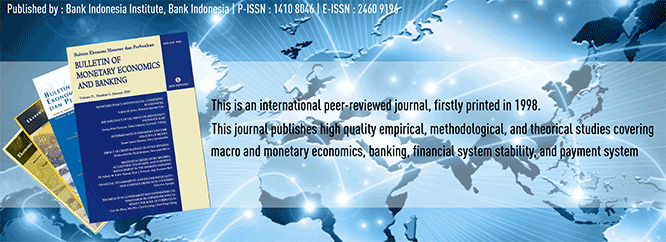
Document Type
Article
Abstract
Understanding inflation persistence is of utmost significance for monetary policymakers in an era of heightened global economic interdependence and increased susceptibility to external shocks. Thus, this study examines the dynamics of inflation within the West African Monetary Zone (WAMZ), employing both conventional and innovative econometric methods, notably Fractional integration and Fractionally Cointegrated Vector AutoRegressive (FCVAR) models. Our analysis reveals a compelling paradox in the persistence of inflation. Conventional methodologies suggest a robust inertia with high persistence levels nearing unity. Conversely, Fractional Integration paints a more intricate portrait, indicating a dynamic, less persistent behavior with persistence values notably below 0.5. Crucially, our findings indicate fractional integration, underscoring the fractional aspect of inflation persistence, a facet effectively captured by the FCVAR model. These insights bear profound implications for policymaking. Acknowledging the fractional nature of inflation persistence requires a nimble and adaptable policy approach. The policy must address short-term inflationary pressures while recognizing the enduring legacy of past shocks. This nuanced perspective enables policymakers to devise resilient and effective policies, adeptly navigating the multifaceted terrain of inflation dynamics, thereby fostering both short-term stability and long-term economic resilience in the WAMZ region.
Recommended Citation
Salisu, Afees A.; Usman, Nuruddeen; and Ebuh, Godday UWAWUNKONYE
(2025)
"Testing Fractional Inflation Persistence in the West African Monetary Zone,"
Bulletin of Monetary Economics and Banking: Vol. 28:
No.
3, Article 6.
DOI: https://doi.org/10.59091/2460-9196.1952
Available at:
https://bulletin.bmeb-bi.org/bmeb/vol28/iss3/6
First Page
367
Last Page
388
Creative Commons License

This work is licensed under a Creative Commons Attribution-NonCommercial 4.0 International License
Country
Nigeria
Affiliation
Centre for Econometrics and Applied Research, Ibadan







